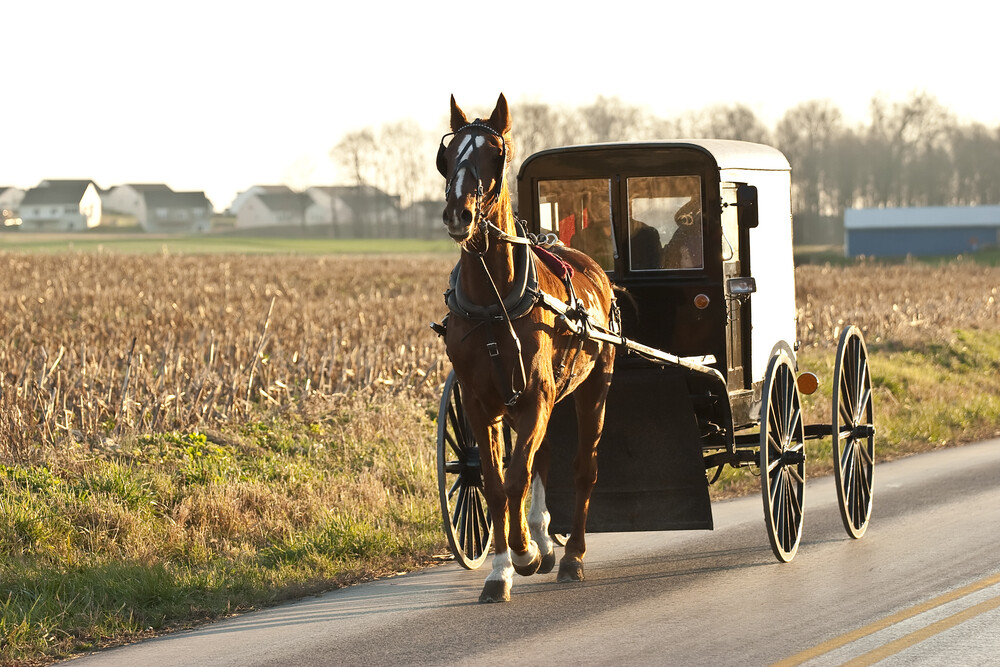The fact is garage doors are a ubiquitous feature of modern homes, providing easy access to our garages and storage spaces. From standard garage doors to custom garage doors, humans have done it all. However, the history of garage doors is a fascinating one, dating back to the earliest days of human civilization. From simple gateways to complex systems of pulleys and weights, the evolution of the garage door tells a story of innovation, progress, and the changing needs of society. Are you ready for a trip back in time?
Early Access Points and Parking Spaces
Before the invention of the automobile, people used horse-drawn carriages and wagons as their primary mode of transportation. These vehicles were parked in barns or stables, where they were sheltered from the elements and protected from theft. Early access points to these structures were typically large, wooden doors that could be opened by hand or with the help of animals.
As transportation technology evolved, so too did the need for more efficient and secure storage solutions. In the early 20th century, as automobiles became more common, homeowners began to build detached garages to house their cars. These garages were typically constructed from wood or brick and featured large, swinging doors that could be opened manually.
The Invention of the Garage Door
The first automatic garage door was invented in 1921 by C.G. Johnson. Johnson’s design consisted of a wooden panel that could be raised and lowered by a motorized chain drive. This new technology made it possible for homeowners to open and close their garage doors with the push of a button, eliminating the need for manual labor.
As the popularity of the automatic garage door grew, manufacturers began to experiment with new materials and designs. Steel became the material of choice for garage door construction in the 1950s, due to its strength, durability, and affordability. By the 1960s, sectional garage doors had become the norm, featuring multiple panels that could be raised and lowered independently. It would not be long before garage doors were constructed from more than just one material.
Modern Garage Door Materials and Designs
Today, garage doors are available in a wide range of materials and designs, each with its own set of advantages and disadvantages. Steel is still the most popular material for garage doors, but aluminum, fiberglass, and wood are also commonly used. Each material has its own set of pros and cons, with steel being the most durable, aluminum being the lightest, fiberglass being the most energy-efficient, and wood being the most aesthetically pleasing.
In addition to the choice of materials, homeowners can also select from a variety of garage door designs. Traditional raised-panel doors remain a popular choice, but there are also options for modern, minimalist styles that complement the contemporary architecture. Some garage doors even feature windows, allowing natural light to enter the garage and enhancing the curb appeal of the home.
Insulation for Garage Doors
One of the most significant advancements in garage door technology in recent years has been the development of insulated doors. Insulated garage doors are designed to prevent heat loss and reduce energy costs, making them a popular choice for homeowners who use their garages as workspaces or play areas. Home and garage insulation is especially important for the type of weather we get here in Northeast Ohio.
There are several types of insulation available for garage doors, including polystyrene and polyurethane. Polystyrene insulation is a cost-effective option that provides moderate insulation value, while polyurethane insulation offers higher levels of insulation and superior noise reduction.
A Testament to Human Ingenuity
The evolution of the garage door is a testament to human ingenuity and the changing needs of society. From simple wooden doors to complex motorized systems, the garage door has come a long way over the past century. Today, homeowners can choose from a wide range of materials and designs, allowing them to customize their garage doors to suit their specific needs and preferences. With advancements in insulation technology, the garage door has also become an important part of home energy efficiency, saving homeowners money, and reducing their carbon footprint. As the world continues to change, the garage door will likely continue to evolve and adapt to meet the needs of homeowners, making it an essential component of modern living.
As technology continues to progress, it is possible that we may see even more advancements in garage door design and functionality. For example, there are already smart garage door openers available that allow homeowners to control their garage doors remotely using a smartphone or tablet. These devices can also provide alerts when the garage door is opened or closed, adding an extra layer of security to the home.
In addition, the integration of renewable energy sources like solar panels could make garage doors more energy-efficient and sustainable in the future. This would not only benefit homeowners by reducing energy costs, but it would also have a positive impact on the environment by reducing the use of fossil fuels.
In conclusion, the history of garage doors is a fascinating one that tells a story of innovation, progress, and the changing needs of society. From the early days of horse-drawn carriages to the modern era of smart technology, garage doors have played an important role in our lives. As we continue to adapt to new technologies and environmental concerns, it is likely that the garage door will continue to evolve and improve, providing us with efficient and sustainable solutions for years to come.

